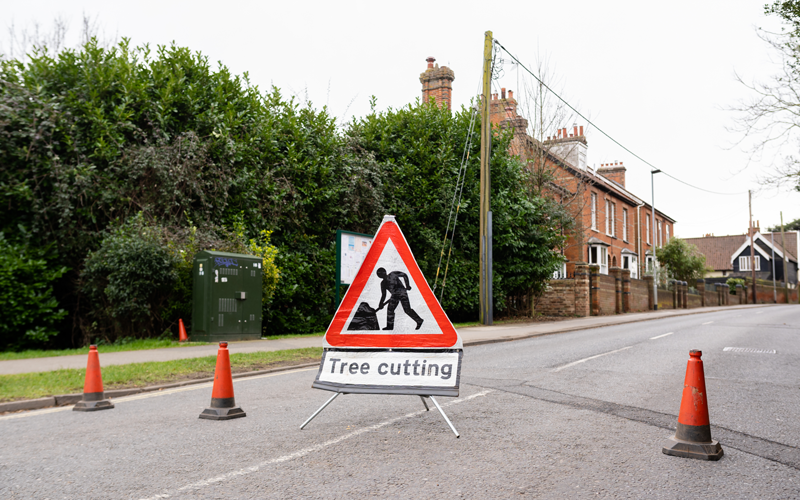
Learning from the Arboriculture and Forestry Advisory Group Health and Safety Bulletin
The Arboriculture and Forestry Advisory Group (AFAG) issued the "Initial Notifications 2024" bulletin to inform the industry about several fatal incidents involving workers in forestry and arboriculture. These accidents, often caused by workers being struck by trees or tree sections during felling or loading/unloading operations, highlight the critical importance of stringent safety measures.
Summary of Fatal Incidents
The incidents reported in the bulletin underscore three common causes:
Workers Within Danger Zones: A frequent cause of fatal injuries is workers being within exclusion zones during tree felling operations. Despite safety protocols, miscommunication or the absence of clear demarcations led to individuals being struck by falling trees or sections.
Communication Failures: In many cases, a lack of effective communication between workers and machine operators has contributed to fatal accidents. Workers were unaware of ongoing felling or loading activities, leading to them entering dangerous areas.
Inadequate Training: Untrained or improperly trained workers are at greater risk, particularly in tasks involving unloading timber, felling, or handling large machinery. The industry has seen cases where workers were unfamiliar with proper safety procedures, increasing the risk of fatal incidents.
Key Safety Recommendations
AFAG emphasises several safety measures and recommendations to address these issues:
- Exclusion Zones: Workers must establish and enforce exclusion zones before beginning any tree felling operations. These zones need to be clearly marked, preventing unauthorised personnel from entering high-risk areas.
- Communication Protocols: Effective communication is essential in preventing accidents. This includes not just verbal instructions but also non-verbal communication systems like signalling or radios to ensure all workers are aware of current activities, especially during dangerous operations.
- Risk Assessments and Safety Training: Comprehensive risk assessments must be carried out prior to felling or unloading tasks. Workers should be equipped with the necessary skills and training, ensuring they understand the risks and know how to implement safety measures.
AFAG urges forestry and arboriculture companies to follow guidance from the Health and Safety Executive (HSE) and the Forestry Industry Safety Accord (FISA). Both organisations provide extensive resources and protocols aimed at improving worker safety and preventing accidents in these hazardous environments.
Importance of Compliance and Training
The bulletin serves as a sobering reminder that even with established guidelines, the human factor—communication, vigilance, and training—remains a critical determinant in preventing accidents. Forestry operations often involve working with heavy machinery, dangerous tools, and unpredictable natural elements like trees and uneven terrain, which can rapidly escalate into dangerous situations if safety protocols are ignored.
Training is particularly emphasised, as poorly trained workers are more likely to misjudge risks or incorrectly operate machinery. AFAG highlights the necessity for continuous safety training and evaluation, ensuring that all personnel are up to date on the latest safety protocols.
Applying lessons learned to Landscaping
The lessons from AFAG's safety notifications for forestry and arboriculture can be effectively applied to landscaping. Landscaping operations often involve similar hazards, such as handling heavy materials, operating machinery, and working near large trees or hazardous areas. Key takeaways include:
- Exclusion Zones: Clear marking of high-risk areas during removal of material or heavy machinery use can prevent accidents.
- Communication: Ensure proper communication tools like radios and signals are used to coordinate tasks, especially in large work areas.
- Training: Regular training and refresher courses should be mandatory to maintain awareness of updated safety practices. Workers need to be informed of potential hazards, equipment handling, and emergency protocols.
By raising awareness of these recent incidents and reinforcing the importance of safety protocols in addition to HSE guidance, we can work together to prevent future tragedies and encourage the industry to prioritise the well-being of its workers. As investigations into these incidents are ongoing, further detailed guidance is expected to follow.
To access the full safety bulletin and consult additional resources on safety in forestry and arboriculture, visit the AFAG website.
